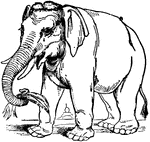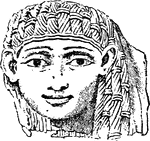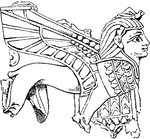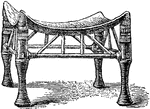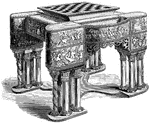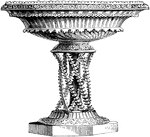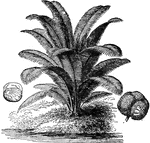Clipart tagged: ‘ivory’

Chair of St. Peter Arm-Chair
The chair of St. Peter was made out of wood with ivory reliefs illustrating the story of Hercules in…

Renaissance Chest
This Renaissance chest of Dutch origin was richly decorated with carving, intarsia or wood inlaying,…

Renaissance Chest
This Renaissance chest of Italian origin was richly decorated with carving, intarsia or wood inlaying,…

Renaissance Chest
This Renaissance chest of Flemish origin was from the 17th century. It was richly decorated with carving,…

Ivory Carving
"Plaque; apparently used for inlaying, Nineveh collection." — The Encyclopedia Britannica, 1893

Ivory Carving
"Leaf of a diptych, Roman, probably about 4th century, South Kensington Museum collection." —…
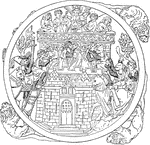
Ivory Carving
"Mirror case illustrating storming of the Castle of Love, French, about 14th century, South Kensington…
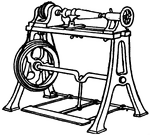
Lathe for Wood-turning
A contrivance for shaping, or 'turning', wood, metal, or ivory into forms of a circular or oval section.…

Reflected Motion
"Suppose a, b, to be a marble floor, and c, to be an ivory ball, which has be thrown towards the floor…
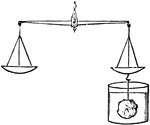
Water Weighing
"Take a piece of ivory, or any other substance that will sink in water, and weigh it accurately in the…




